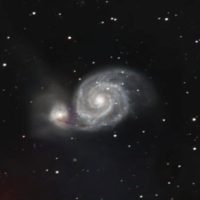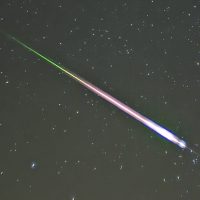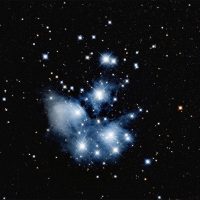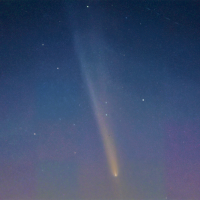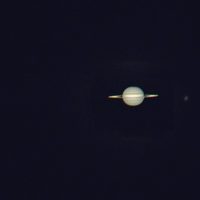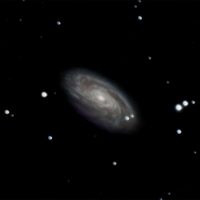
This is M88, a spiral galaxy in the constellation Coma Berenices. M88 has a visual magnitude of +9.4 and is 65 million light years away from us. It was discovered in 1781 by Charles Messier, using a four-inch reflector. Apparently, Messier was working from his apartment in Paris, (which says something about the lack of […]
Island Features | Full Article


